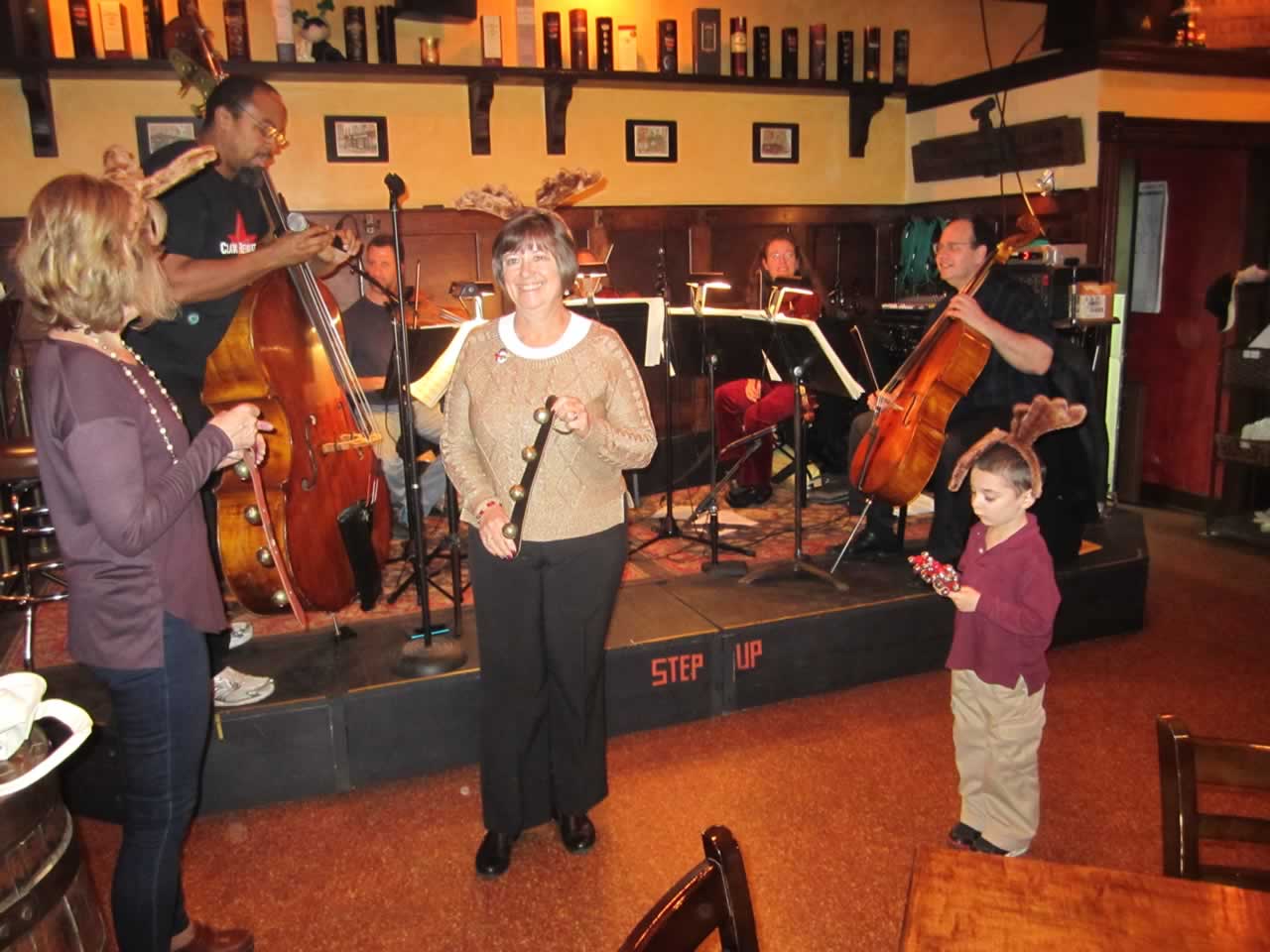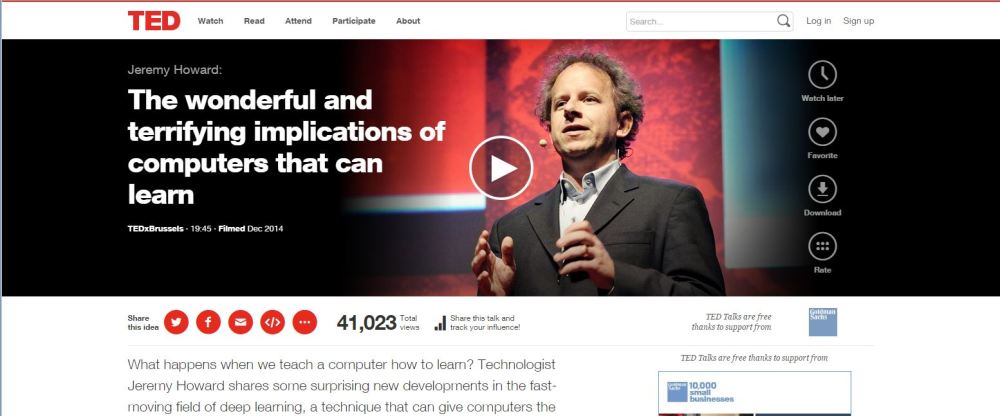This week we made our first foray into the Classical Revolution movement with the help of CutTime Simfonica. Mr. Cuttime, or Rick Robinson, as his friends call him, helped us coordinate this in conjunction with the formal concert by CutTime Simfonica we presented last night.
For those of you who aren’t familiar with Classical Revolution (CR), it is an effort to remove the intimidation factor from classical music by taking it out of the formal concert hall setting and bringing it to bars, clubs, houses, etc. The idea being if you find classical music doesn’t make you uncomfortable in your local watering hole, it might be something you will enjoy in a more formal setting.
Formerly a bassist with Detroit Symphony Orchestra, Rick helped to found a CR chapter in that city. (And got a Knight Foundation grant to expand it.) He encouraged us to invite local musicians to essentially “jam” with CutTime Simfonica so I started reaching out to the local wind symphony last summer and followed up with flyers and contacts throughout the last month (as did Rick).
Unfortunately, a major Christmas concert got scheduled for the same night as our Classical Revolution session so we didn’t get many outside musicians participating. (Though that concert rescheduled in order not to conflict with our formal concert Tuesday night, so we can’t complain.)
However, we did have a 15 year old flutist show up to join in so he got a lot attention that night.

(The poor guy was so nervous he couldn’t eat his hamburger during the three hours of the Classical Revolution. Thankfully, the pub brought out a fresh one.)
Being Christmas time, there was a little bit of audience participation required in order to create a “stereo surround sound” jingle bells experience for the audience.
I am not sure that the CR event generated any additional ticket sales for the concert hall performance the next night, but it did seem to change some perceptions. The morning after the CR concert, we went on the radio to promote the show. The radio show host said her boyfriend was a little reluctant about attending, but 2.5 hours later she was ready to leave and he wasn’t.
She admitted, she never really understood classic music but her boyfriend’s insight was that it is like reading a novel, there are different plots and stories being interwoven.
What crystallized the experience for me was at the end of a Brahms piece, Rick Robinson commented “man, that is one sexy piece of music.” I could see there was something about it he was discovering as he played. When I mentioned this to him, he said he often didn’t get to play the cello part. So to a degree there was a discovery element for him. I loved both the verbal and non-verbal expression of delight experienced in that moment.
The formal concert the next night had the same sort of light hearted element to it that the Classical Revolution performance did the night before. As I watched, I realized there was a lot of potential for resentment in linking Classical Revolution events to more formal concert hall experiences.
People attending a CR event where they have a great time interacting with the musicians might feel like they experienced a bait and switch if they were actively encouraged to show up to a full symphony orchestra concert where the musicians barely acknowledged their presence.
While the CR and formal concert were both essentially chamber music experiences, Rick Robinson took it a step further by polling the audience about their past interactions with classical music. He had extra seats set up on stage and invited a rotating group of audience members to come up and sit close enough to “see the musicians sweat.”
As each group left the stage, he asked them what they felt. One woman said she felt like she needed to get back to playing the violin. One man commented it was interesting watching the facial expressions and interactions, especially the percussionist anticipating where he would need to come in.
The diversity of the programming also helped, running from familiar pieces by Mozart and Beethoven to the Martin Luther King movement of Duke Ellington’s “Three Black Kings.” Rick also included three of his own compositions and explained the stories behind them.
His association of music with food generated vivid imagery for the audience. He spoke of his “Pork N’ Beans,” as; taking a bite of spicy pulled pork, then a mouthful of hot beans, the heat rising in our hero’s mouth until a forkful of cole slaw cools it down. At both the concert and the Classical Revolution event, people said they could tell when each mouthful came, especially the cole slaw.
Today, as I reflected back, I realized that there is a lot of attention and conversation on doing programming that will attract younger audiences. There isn’t much discussion about transitioning existing audiences toward acceptance of that programming.
When the subject comes up, it is usually to discuss the dichotomy between what new and existing audiences like. The perception is that existing audiences are alienated by the content that appeals to new audiences. Seldom is there discussion of a long term vision to gradually segue existing audiences toward the programmatic point that may appeal to new audiences.
I am thinking about this because I am wondering what the conversation will be at the next board meeting. What feedback have they received about an event in which the transitions between high quality music performances by Columbus and West Virginia Symphony musicians were filled with some unconventional audience interactions?
The responses I received last night and today from members of the audience have been very positive. But many of those were the people who went to sit on stage.
It started to occur to me that despite a few rough edges here and there, Rick Robinson might be developing a format that bridges that gap – palatable to existing audiences and intriguing to those looking to experiment with a classical music experience.





This is such a thought-provoking post! It’s fascinating to consider how everyday beauty in design, even in functional spaces like…